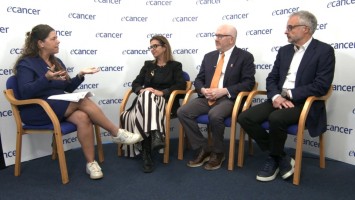The first part of my talk I will discuss prognostic signatures which my group have helped to validate in stage 2 colon cancer that can help us decide which patients are better cared without adjuvant chemotherapy. In the second part of my talk I will discuss a few stories, some of which we have also contributed, on how to optimise the modulation of EGFR in colorectal cancer and how we can transfer the information that we get from preclinical models into the design of clinical trials. At the end of my talk I will briefly discuss what I think could be the future of personalised cancer medicine in colorectal cancer and, for that matter, probably for all other cancers including a preclinical model that is closer to the clinical reality such as the orthoxenograft models that will be previously presented by my colleague at our lab at the Institute, Dr Alberto Villanueva.
Were there any trials or models that you used as a basis for this?
Yes, we have started a clinical trial a few weeks ago with a selection of the patients based on the higher sensitive technology for detecting mutations. But we are not yet there for transferring data from the mouse, the orthotopic mouse model, into the clinical trials. We will discuss that also, how we want to do it.
What are some of your hopes for this model?
Our hope is that we narrow the gap between the preclinical models that are currently being used and providing the current hypothesis for the clinical trial designs with these orthoxenograft models that resemble much more the reality of the clinical patient than other simpler clinical models. In that way we are hopefully going to be able to better select patients into the right trials with the right combination of targeted drugs based on both tumour molecular profile and how these tumours have responded in this orthoxenograft model.








